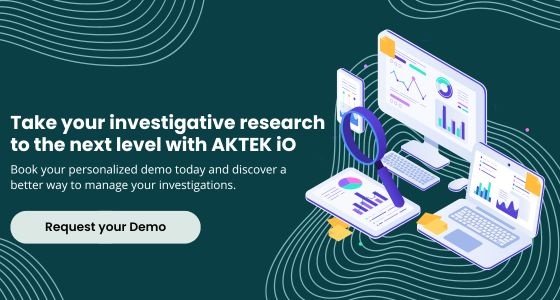Open-source investigations rely heavily on leveraging cutting-edge techniques to uncover hidden insights in their investigations.
In this blog, we'll discuss the role of Location Intelligence as a source of information in Open Source Investigations, some of its main challenges and considerations, and tips and tools to leverage it.
Location Intelligence (LI) is a powerful tool that combines geographic data with analytics to provide valuable insights for decision-making. LI involves using technologies such as geographic information systems (GIS) and global positioning systems (GPS) to give context to data.
LI helps investigators to visualize patterns, detect trends, and identify connections in time and space that would be difficult to uncover using other methods.
Geolocation Data vs. Geospatial Data vs. Location Intelligence
Geolocation data is simply the latitude and longitude coordinates of a point on the earth's surface. Geospatial data is any information that contains a geographic component, including satellite images and GPS data.
AKTEK's NASA Active Fire Data integration is an example of geospatial data where fires are geotagged and quantified based on luminescence and size.
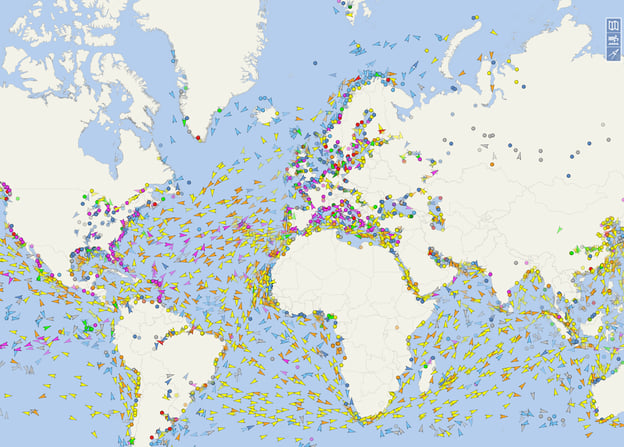
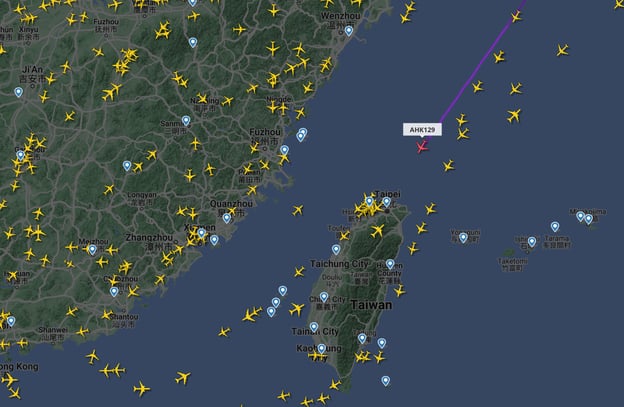
Transponder data from vessels at sea or aircraft is another example of geospatial data. Credits: Vessel Finder
Location Intelligence, on the other hand, would be analyzing geospatial data to derive meaningful insights. LI combines geospatial data with additional information to provide a comprehensive analysis of a location or area at any given time.
LI might, for example, combine anonymous phone data with fire data, both geospatial datasets, to derive insights into the possible human origin of natural hazards such as forest fires.
.gif?width=827&height=679&name=1-pia23695_bootleg_fire%20(1).gif) NASA's ECOSTRESS instrument captured ground-surface temperature data over southern Oregon's Bootleg Fire from July 7 to July 22. Areas in red – the hottest pixels detected – show the fire front, where resources are needed most. Credits: NASA/JPL-Caltech
NASA's ECOSTRESS instrument captured ground-surface temperature data over southern Oregon's Bootleg Fire from July 7 to July 22. Areas in red – the hottest pixels detected – show the fire front, where resources are needed most. Credits: NASA/JPL-Caltech
Use Cases for Location Intelligence in Open Source Investigations
LI is widely used in open source investigations across various industries. Researchers and investigators, for instance, use LI to uncover hidden connections between people and events, identify trends in data, and visualize complex stories.
Law enforcement agencies also use LI to track suspects, monitor criminal activities, and analyze crime patterns.
Business intelligence relies heavily on LI to gain insights into customer behavior, market trends, and competitive intelligence.
Corporate security teams use LI to monitor threats and assess risks to staff and physical assets, and conduct post-incident investigations.
In research and investigation, LI is used to visualize data in a geospatial context. Investigative journalists use LI to analyze data on political donations, lobbying activity, or government contracts.
Similarly, LI can be used to uncover connections between politicians, lobbyists, and businesses, providing insights into the relationships that shape policy decisions.
Investigative research organizations such as Vigil Monitor use AKTEK location intelligence products to monitor the movement of troops in Ethiopia and Ukraine and gather evidence on potential war crimes.
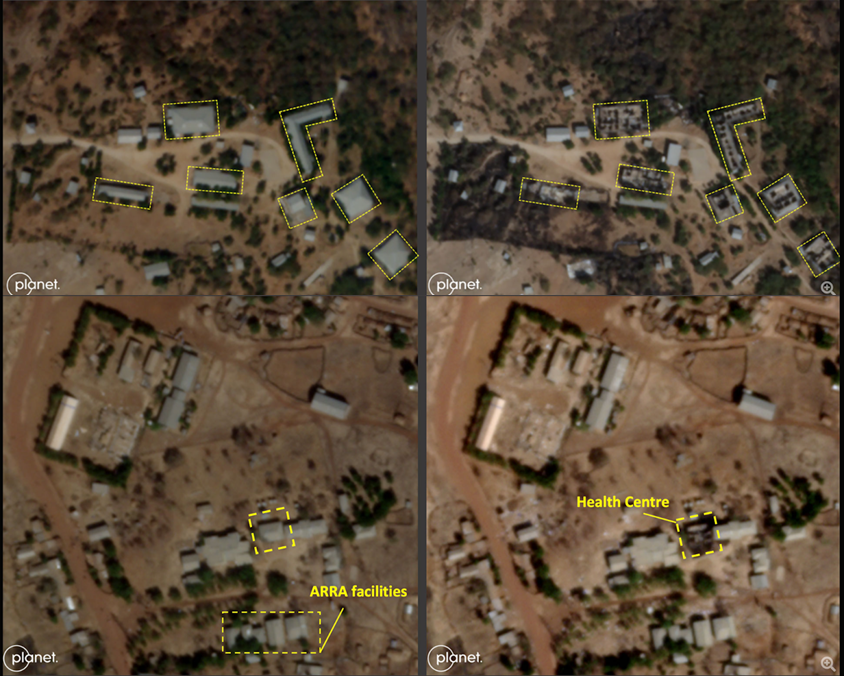 Source: Reuters
Source: Reuters
In law enforcement, police departments use LI to analyze crime data, identify hotspots, and allocate resources accordingly. LI can also track suspects' movements, monitor social media activity, and gather evidence.
For example, LI can be used to analyze social media activity to identify potential threats and monitor the movements of suspects in near real time. Police departments in Canada use AKTEK location intelligence products to perform criminal investigations and gather possible evidence in court cases.
LI can also be used in business intelligence to monitor competitor activity, identify emerging markets, and allocate resources accordingly. For example, LI can be used to analyze sales data to identify trends in customer behavior and inform marketing strategies.
Aegis Energy uses AKTEK location intelligence products to forecast demand for green gas refueling by monitoring movements of heavy goods vehicles around the UK and correlating that with available warehouses maintaining green gas-powered fleets.
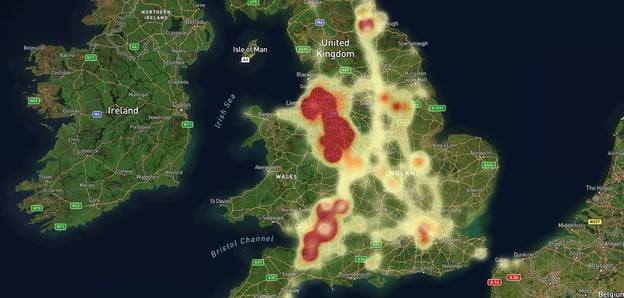
Corporate security teams use LI to analyze data on criminal activity, terrorist threats, and natural disasters. LI can also be used to monitor the movements of personnel and assets and detect potential vulnerabilities.
For example, LI can track employees' movements during a crisis, identify safe zones, and allocate resources accordingly. Mining companies with gold assets in Latin America and Africa use AKTEK location intelligence products to monitor intrusion into mine sites, protect assets and notify local security teams of any suspicious activity observed.
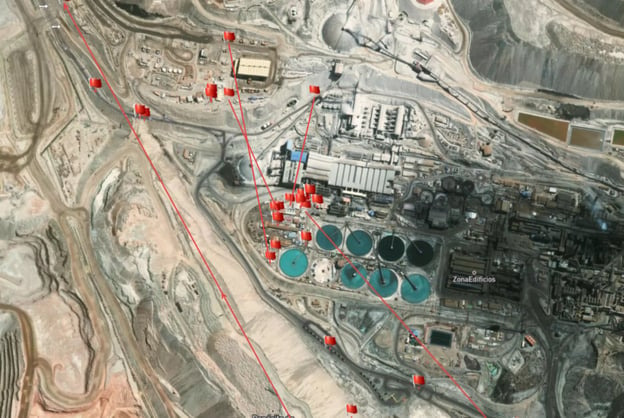
Advantages of Using Location Intelligence to Inform Investigations
LI has several advantages over traditional investigative methods. Firstly, by combining geospatial data with other information, LI helps investigators to identify trends and surface hidden patterns over time and space that would be difficult to detect using different methods.
Secondly, LI can save investigators time by automating or streamlining analytical processes involving geospatial computations that would otherwise be time-consuming.
Finally, by fusing different data sources across geo-temporal dimensions, LI can facilitate a comprehensive analysis of a situation or issue by providing insights into various aspects of a given location or region, which is critical in breaking down complexity and turning data into actionable insights.
Common Challenges of Location Intelligence
Despite its advantages, LI faces challenges. One challenge is the limited scope of data availability. LI relies heavily on data from various sources, including social media, satellite imagery, and mobile devices.
However, not all data is publicly available. Some sources require legal authorization to access (such as call data records from mobile network operators).
Another challenge is data accuracy. Very little social media data is directly geotagged, for example. Building upon that, geolocation data can also be imprecise, especially in areas with limited GPS coverage or where there are obstacles to satellite signals (such as cloud cover obstructing optical satellite imagery collection during a long rainy season in the Amazon, for example).
Some geolocation data might be inferred from datasets with low precision or a high number of false positives (such as Twitter profile location data, for example).
Lastly, legal and privacy considerations are also a challenge. LI can raise ethical and legal concerns, especially regarding data privacy and surveillance. Investigators must comply with relevant data protection regulations and guidelines when using LI in investigations.
Tools to Leverage Location Intelligence
Investigators can use several tools and technologies to leverage LI in open-source investigations. Geospatial analysis tools such as QGIS, ArcGIS, and Google Earth provide powerful visualization and analysis capabilities, allowing investigators to analyze geospatial data and gain insights into trends and patterns.
Geofencing tools such as AKTEK Anonymous Mobility Patterns (AMP) provide monitoring of human movement in zones of interest, allowing investigators to detect and respond to threats quickly.
GPS tracking tools such as Spytec GPS or Samsara provide accurate and reliable location data for vehicles to monitor corporate fleets or staff movements to ensure safety in high-risk environments.
Social Media Monitoring tools such as AKTEK Media may also process geolocation information and allow investigators to compare and contrast social discourse or public opinion across countries, states, or even cities.
Using Location Intelligence to Shed Light on War Crimes
When the war broke out in Tigray, Ethiopia, Vigil Monitor, a security research organization based in Britain (formerly DX Open Network), used a mixed methods approach to generate location intelligence that many policymakers needed. Leveraging geotagged social media witness reports, Active Fire data from NASA, satellite imagery, and other data sources, the investigation team could, supported by AKTEK software, evidence door-to-door burning of homes and livelihoods, amounting to serious war crime allegations.
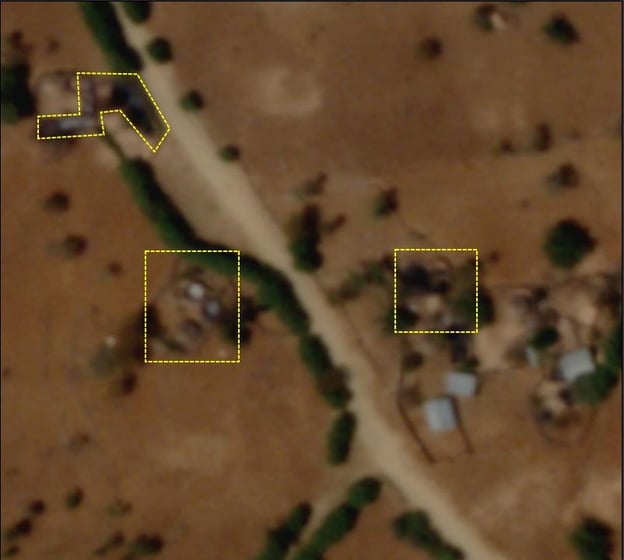
Planet Labs Inc Satellite image shows an overview of home structures destroyed by fire around Gijet town in Ethiopia's Tigray region, February 23, 2021. Planet Labs Inc./Handout via REUTERS
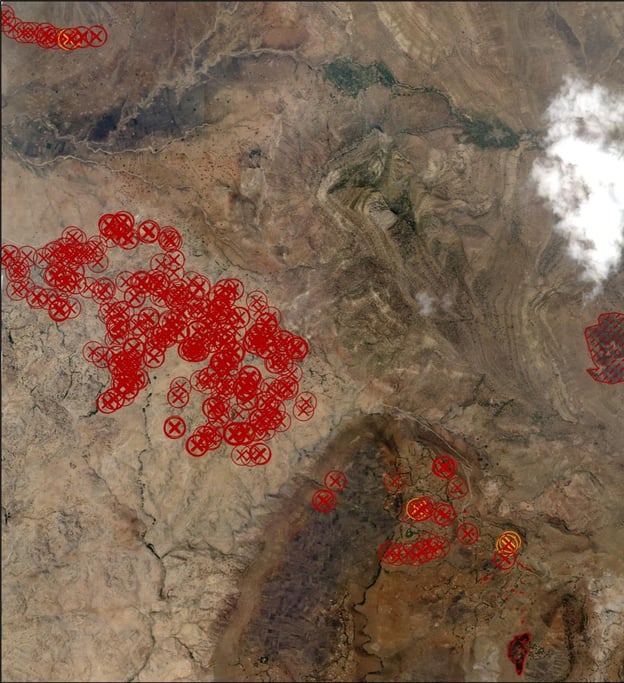
A satellite image of Gijet in the Tigray region with marked red crosses relates to the number of structures significantly damaged, and orange crosses show minor damage; lines to the right identify visible scorching, February 23, 2021. Picture taken February 23, 2021. Planet Labs Inc./Handout via REUTERS
In Ukraine, Vigil used vehicle traffic data from Google, high-resolution satellite imagery, and anonymous mobile phone data from AKTEK to not only evidence war crimes but also study the potential trajectories of the war and predict how civilian needs will likely evolve to support policymakers best.
The work was groundbreaking, leveraging multiple layers of information, all connected through space and time, using AKTEK software.
From combatant positions observed from satellite imagery to news and social media monitoring, open data aggregation, satellite-driven fire detection, event internet connection latency (signaling destroyed infrastructure), and anonymous population movement monitoring (signaling refugee flows and more), Vigil was able to remotely shed light on a very fluid and obscure situation and provide invaluable support to on-going efforts to minimize civilian harm.
Sources:
- https://www.xcept-research.org/how-can-researchers-better-navigate-the-profits-and-perils-of-satellite-and-open-source-investigations-2/
- https://www.xcept-research.org/news_events/how-technology-is-reshaping-conflict-research-the-profits-and-perils-of-satellite-and-open-source-investigations/
In conclusion, Location Intelligence is critical in open-source investigations because it allows investigators to provide geospatial context to data, visualize patterns, detect trends, and identify connections that would be difficult to uncover using other methods.
LI combines geographic data with analytics to provide valuable insights for decision-making, enabling investigators to make sense of complex environments and issues.
LI is particularly useful in open source investigations because it allows investigators to quickly process large volumes of data and make it more digestible for deep-dive analysis, saving time and effort.
Additionally, LI promotes a comprehensive analysis of a situation by facilitating information fusion across common dimensions of space and time. It is not without challenges, but the opportunity is too significant to overlook.
Whether you're involved in law enforcement, journalism, or business intelligence, by incorporating location intelligence into your research, you can uncover patterns, identify connections, and enhance the overall effectiveness of your research.


.jpg?width=300&name=Blog%20Link%20Preview%20Image%20(21).jpg)
